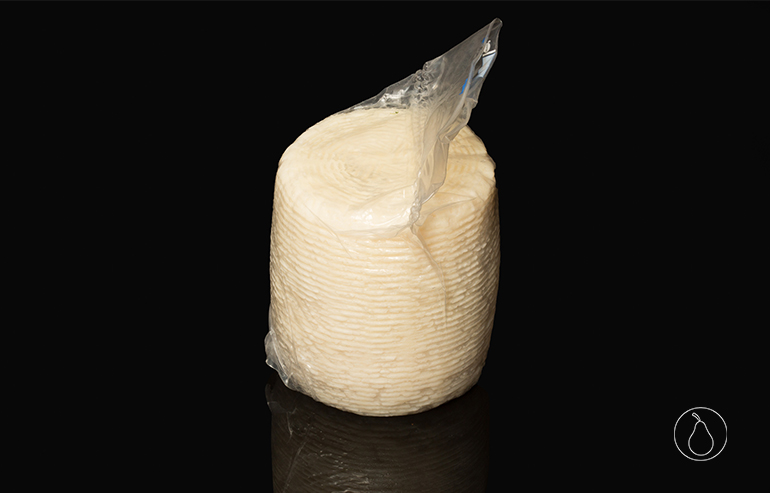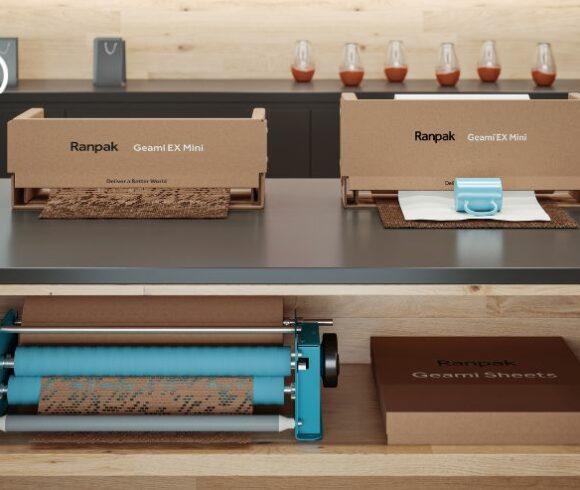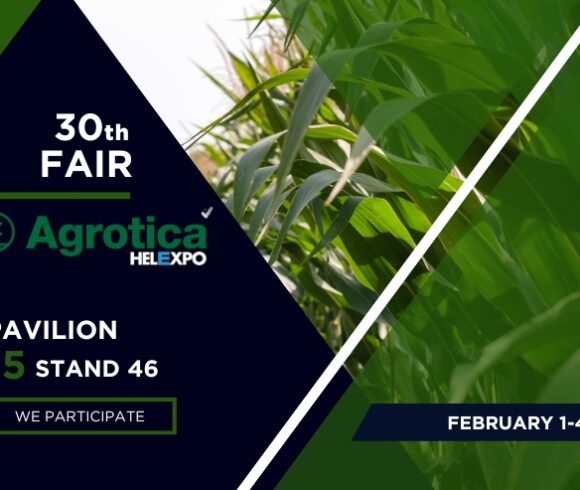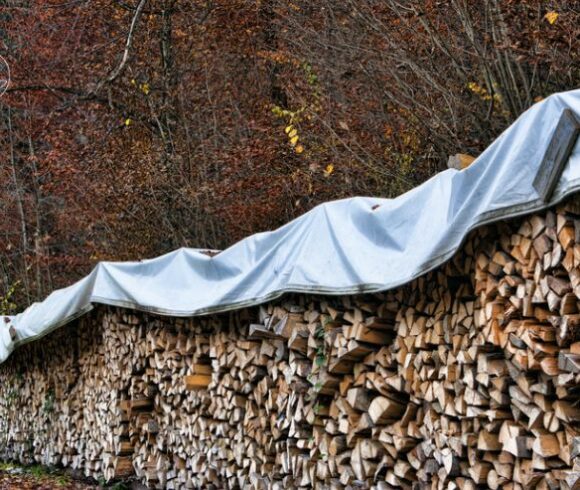22
2023

Cheese aging, also known as cheese ripening or affinage, is a transformative process that elevates the cheese from its initial state to a product with a rich and complex flavor profile. It involves the interplay of enzymes, microbes, and environmental conditions, all of which contribute to the development of unique tastes, aromas, and textures that make each cheese variety distinct and cherished by cheese enthusiasts worldwide. The aging process varies depending on the type of cheese, and it can last from a few weeks to several years.
Vacuum sealing cheese is a practical and effective method for preserving and enhancing the aging process. It enables cheese lovers to enjoy a wider variety of cheeses at their peak flavor and texture, making it a valuable technique for cheese enthusiasts and producers alike.
The concept of vacuum sealing is a preservation technique that involves removing air from a sealed container to create a vacuum or an environment with significantly reduced air pressure. This process has several practical applications across various industries, including food preservation, packaging, and scientific research.
What are the benefits of vacuum sealing cheese?
- Prolonged Shelf Life: Vacuum sealing removes air from the packaging, which helps prevent the growth of mold and bacteria. This extended shelf life means you can enjoy your cheese for longer periods.
- Preservation of Flavor: Vacuum sealing retains the cheese’s original flavor and aroma. It prevents the absorption of other odors from the environment, preserving the cheese’s unique taste.
- Consistent Aging: Vacuum sealing creates a controlled environment, maintaining consistent temperature and humidity levels. This can help cheeses age more predictably and evenly, resulting in a desired flavor and texture.
- Reduced Food Waste: Vacuum sealing reduces the chances of your cheese going bad prematurely, reducing food waste and saving you money.
- Convenience: Vacuum-sealed cheese is easy to store and transport. It’s also less prone to drying out, ensuring that your cheese remains fresh until you’re ready to enjoy it.
- Protection during Transit: If you’re shipping or traveling with cheese, vacuum sealing can help protect it from damage and temperature fluctuations.
- Experimentation: Vacuum sealing allows cheese enthusiasts to experiment with aging cheese at home. You can control the aging process and develop unique flavors without the need for traditional cheese caves.
Vacuum sealing cheese can be a great way to extend its shelf life while preserving its flavor and texture.
Here are some tips to keep in mind when vacuum sealing cheese:
- Use Fresh Cheese: Start with high-quality, fresh cheese. The quality of the cheese before vacuum sealing will significantly impact its taste and texture after sealing.
- Clean and Dry the Cheese: Ensure the cheese is clean and dry before sealing. Excess moisture can affect the vacuum sealing process and the quality of the cheese.
- Wrap Soft Cheese in Parchment Paper: For soft cheeses like brie or Camembert, consider wrapping them in parchment paper before vacuum sealing. This prevents the cheese from sticking to the bag and losing its shape during vacuuming.
- Avoid Overfilling the Bag: Leave some space in the bag around the cheese to allow for proper vacuuming. Overfilling can prevent the bag from sealing effectively.
- Use Suitable Bags: Ensure you’re using vacuum-sealable bags or rolls designed for your vacuum sealing machine. These bags are designed to work with the vacuum-sealing process.
- Double Seal for Extra Protection: If your vacuum sealer has a double-seal function, consider using it. This creates an extra layer of protection against air intrusion.
- Pre-Freeze Soft or Moist Cheese: If you’re sealing very soft or moist cheese, consider placing it in the freezer for a short time (about 30 minutes) before vacuum sealing. This helps the cheese maintain its shape during the vacuum process.
- Store Properly: Store vacuum-sealed cheese in the refrigerator at the recommended temperature for the specific cheese variety. Different cheeses have different storage requirements, so be sure to follow guidelines for each type.
- Re-Seal If Necessary: If you’ve opened a vacuum-sealed bag and there’s cheese remaining, consider resealing the bag after removing the desired portion. Make sure to remove any residual air before resealing.
- Monitor for Quality: Over time, check the vacuum-sealed cheese for any signs of deterioration. If you notice any issues like mold growth or changes in texture, take appropriate action.
Remember that while vacuum sealing can extend the shelf life of cheese, it’s not a magical solution. Some cheeses are better suited for vacuum sealing than others, and the success of the process depends on factors like the cheese variety and the quality of the vacuum sealer used. However, when done correctly, vacuum sealing can help you enjoy high-quality cheese for longer periods.
For the vacuum sealing process, at HELLAGRO S.A. you will find vacuum food bags (shrink bags), as well as vacuum packaging of polyamide and polyethylene PA/PE.
Request a quote online or contact us at +30 2109635564.




